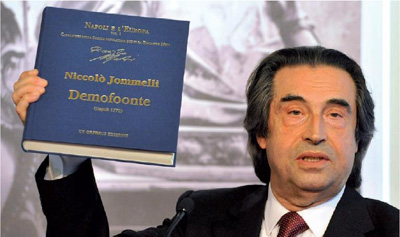
The study of 18th century music pedagogy in the Neapolitan region of Italy has seen a significant surge in interest within musicological research in recent years. This research has explored sources related to the practice of partimento since the late 20th century, and over time, has expanded to include materials on counterpoint and solfeggio. Solfeggio evolved throughout the 20th century into an exercise focused almost exclusively on musical reading–first spoken, then sung. A landmark modern and systematic study of the instructional duo between the 16th and 17th centuries is Andrea Bornstein‘s comprehensive monograph, followed by Robert O. Gjerdingen‘s works. Gjerdingen identifies a compositional framework within 18th century exercises, which he refers to as “schemata” and finds within the partimenti. His research demonstrates that both partimento and solfeggio, centered on the close relationship between bass and melody, can be considered foundational exercises for musician training since the 18th century.
Subsequent studies by scholars such as Paolo Sullo explored the role of solfeggio within the composition schools of various Neapolitan masters, carefully reconstructing and analyzing the production context and repertoire spanning from the era of Leonardo Leo to that of Nicola Zingarelli. The work of Nicholas Baragwanath, particularly his influential monograph The solfeggio tradition (2020), has sparked a revival of interest in 18th century solfeggio, reaching an expanding audience of musicologists and musicians. Baragwanath’s study highlights the deep connection between solfeggio and the practice of solmization on the hexachord, a practice that, in Italy, persisted until the 19th century. He identifies the enduring presence of this practice as being largely due to the central role of the Catholic Church, which continued to base the teaching of musical rudiments on hexachordal plainchant and the associated solmization system.

For Baragwanath, the gradual abandonment of hexachordal solmization in favor of the French method of reading real sounds–where each note corresponds to a single syllable–marks a key factor in the gradual decline of the Italian bel canto tradition. In this context, hexachordal solmization emerges not only as a performance technique, which Baragwanath carefully reconstructs and applies to 18th century solfeggi, but also as an interpretative lens through which to understand the solfeggi themselves.
This according to a new article on solfeggio by Paolo Sullo in DEUMM Online.






